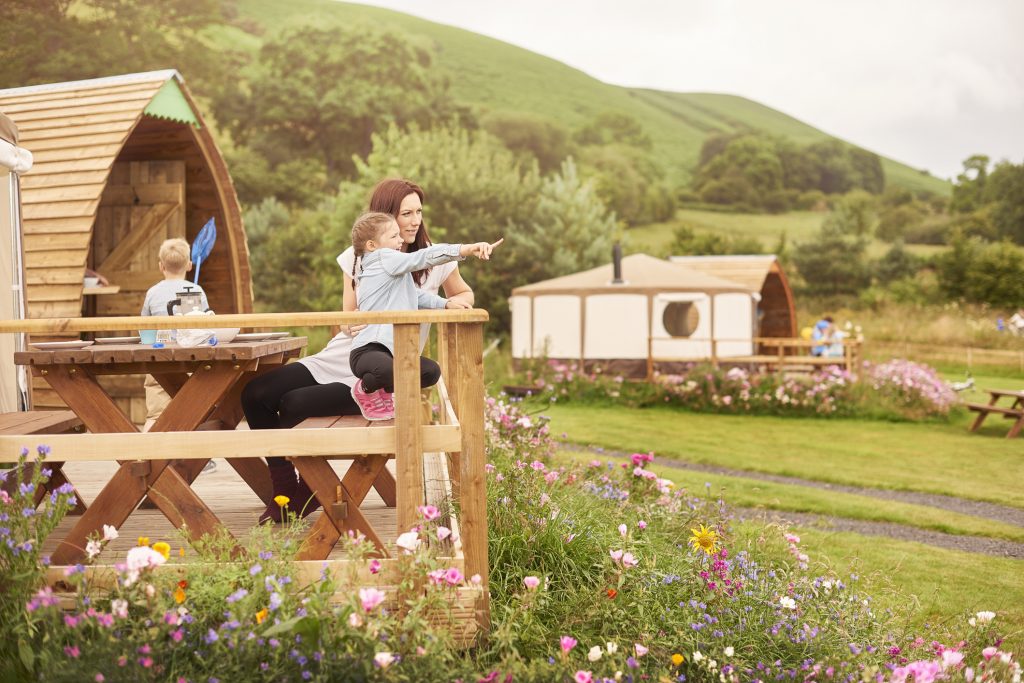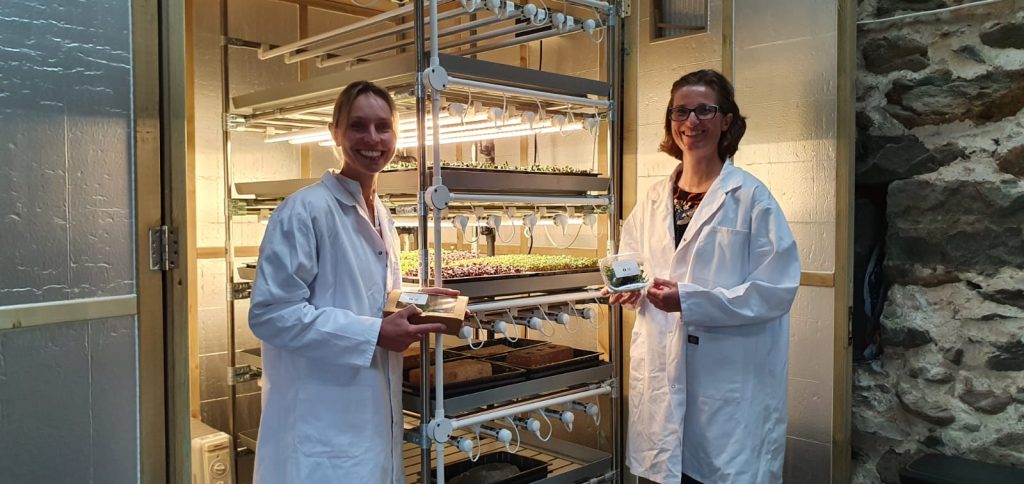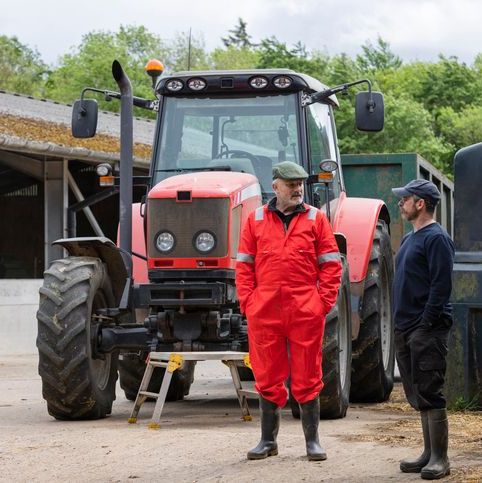We wish to say ‘Congratulations’ or ‘Llongyfarchiadau’ to a client of ours who having purchased land in his local village several years ago and embarked on a planning journey in Autumn 2020 has finally received planning permission for two houses. Despite two applications being rejected, he felt that he was doing the right thing in progressing the opportunity of new houses being built along an established residential street. He submitted a third application with our support for two houses classed as ‘affordable homes for local housing needs’ and we are delighted that the planning application was approved.
These plots are now being marketed by local firm Monopoly Estate Agents. The designs for the houses were prepared by North Wales architect Simon Hall who worked with the client to deliver proposals which were sympathetic to the landscape.
The application was taken to the planning committee as although it was supported by the local community council, it was a departure from planning policy. The plots sit between established houses and had not been developed. When the local development plan was prepared the housing development boundary did not include the section of road subject to this application, this meant that the road was classed as open countryside and unfortunately Welsh planning policy does not support new houses in the open countryside.
This is where common sense clashes with planning policy as the site is clearly a building plot, having been divided at some point in the past with the other houses along the road, but not having been built upon. The solution was to submit an application for planning with a section 106 agreement being in force which impacts the sale price and purchaser of the developed houses.
Recently another application achieved planning in Snowdonia National Park for the conversion of listed barns into open market housing – with no affordable housing restriction. The argument being that the construction costs did not accommodate the ability to pay a commuted sum (a payment instead of a section 106 agreement restriction being placed on the conversions). The applicant successfully persuaded the National Park Authority planning committee to approve the application despite an objection from the local community council for the lack of the payment of a commuted sum. The applicant argued that the listed barns would deteriorate further without being redeveloped, but that they could not be redeveloped if a constraint was placed on the final value of the properties (i.e. affordable housing section 106 restriction), nor an amount (commuted sum) being required for the removal of the section 106 agreement constraint.
The landscape for housing development in Wales is becoming more challenging particularly in the National Parks and the ability for common sense to prevail to allow a rural economy to flourish is sadly lacking.
If you are keen to review what opportunities there might be for your property then we would be happy to help. This might be an agricultural building, a barn conversion, a rural enterprise dwelling, or a tourism opportunity. We have experience in all areas and pride ourselves in helping clients navigate through the complexities of the planning system. The planning application process may draw upon the skills of other professionals including agricultural specialists, heritage specialists, archaeologists, ecologists, engineers to name a few. This network of trusted and recommended professionals allows our firm to deliver on technically challenging work which might not ordinarily be the realm of a smaller firm. Give us a call, as we say, ‘we like a challenge!’
Please contact our Llanbedr office on telephone 01341 241700 or email ‘enquiries@baileysandpartners.co.uk’ or visit our website Baileys and Partners







